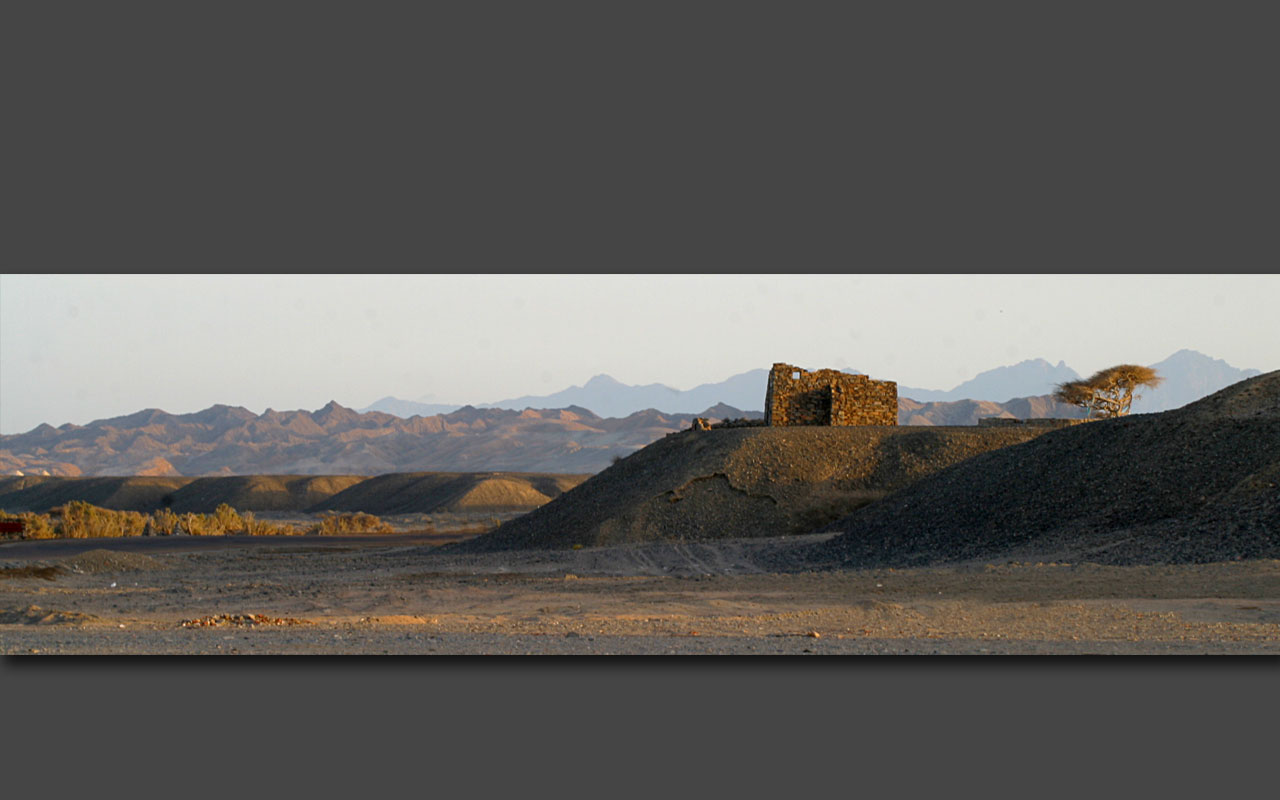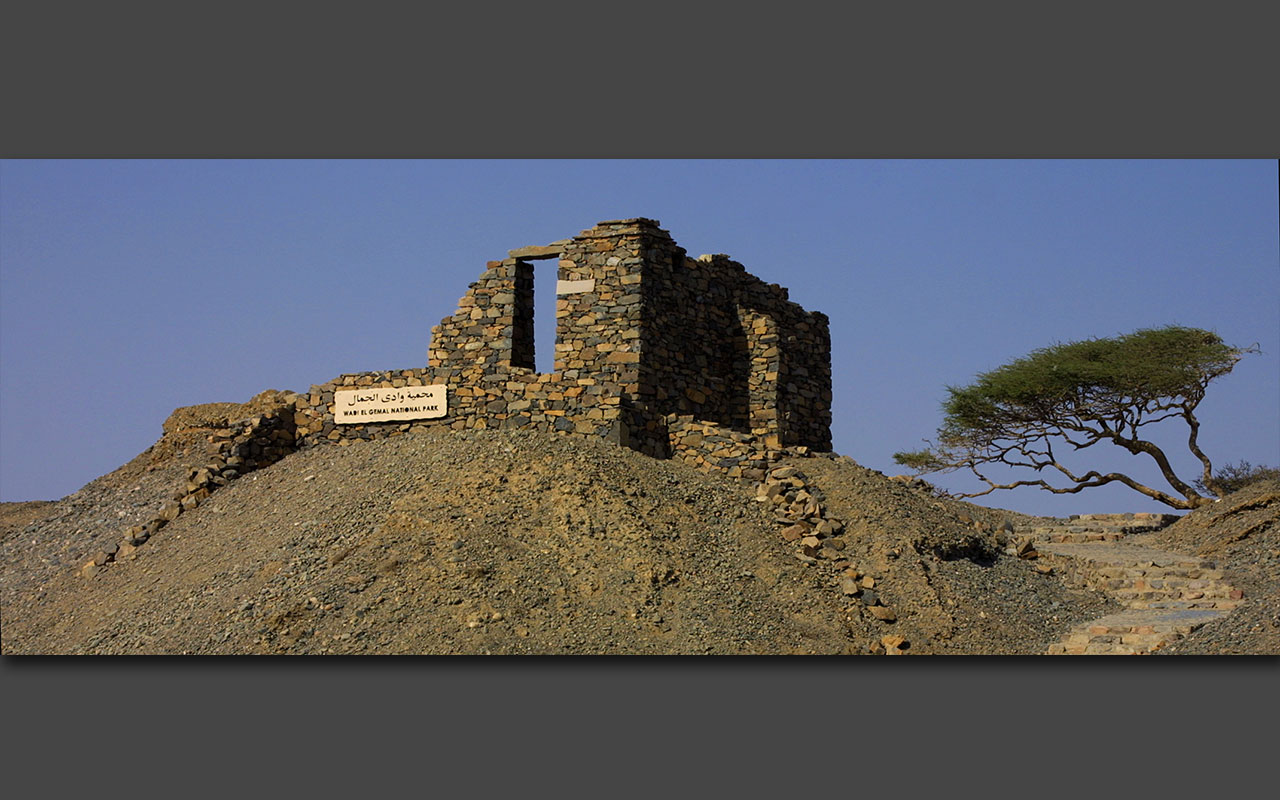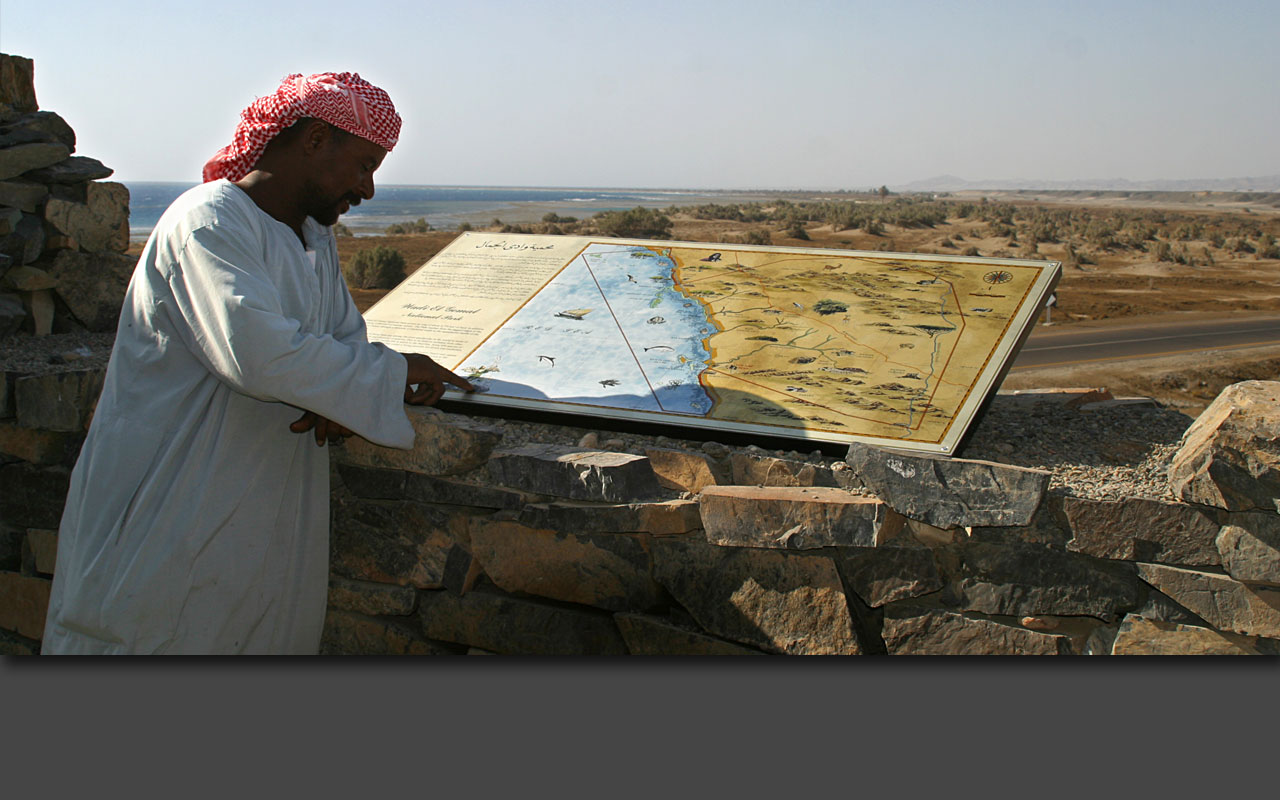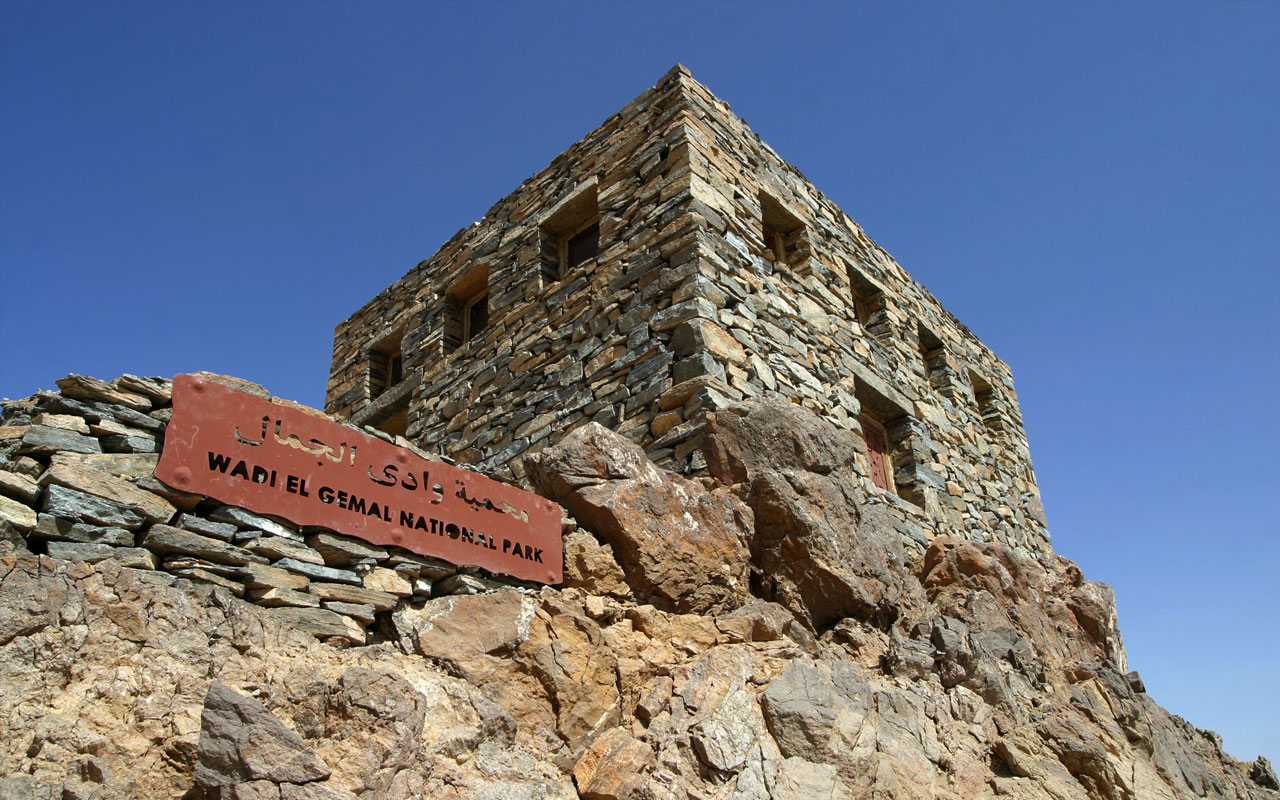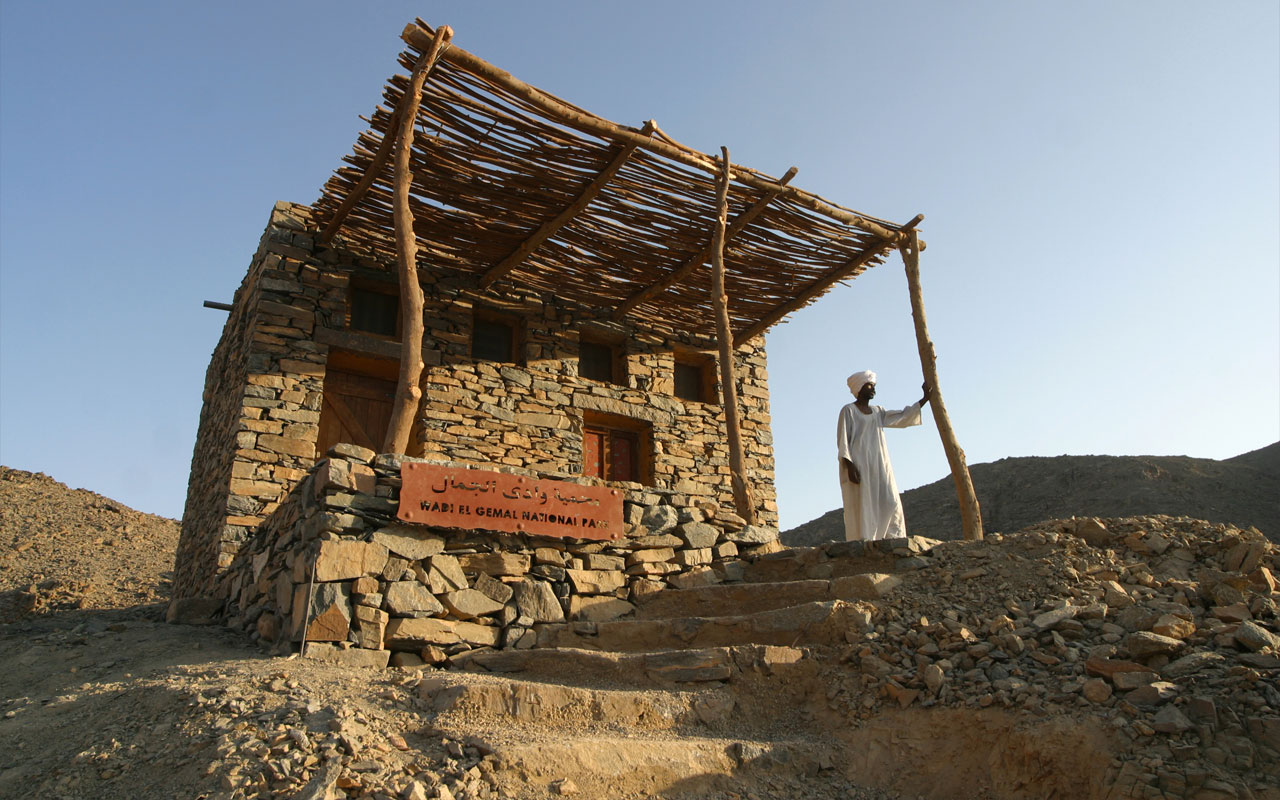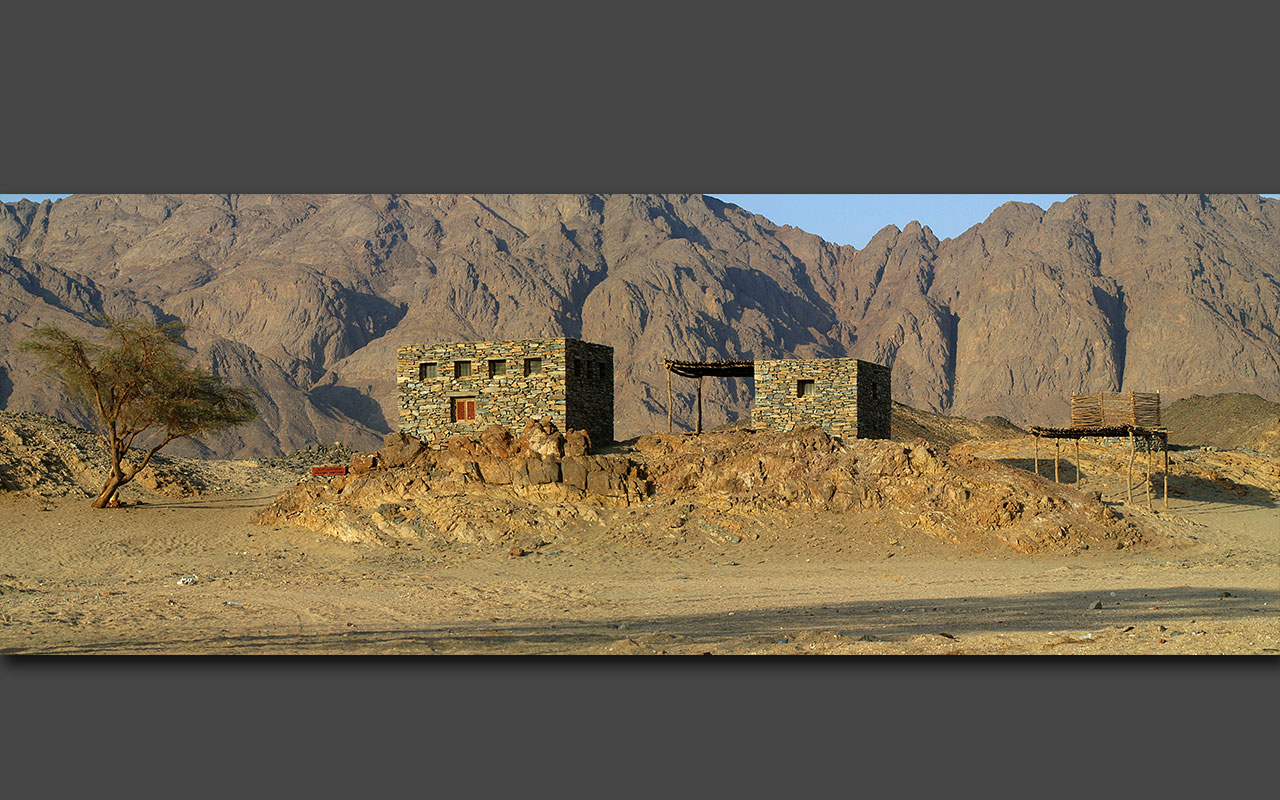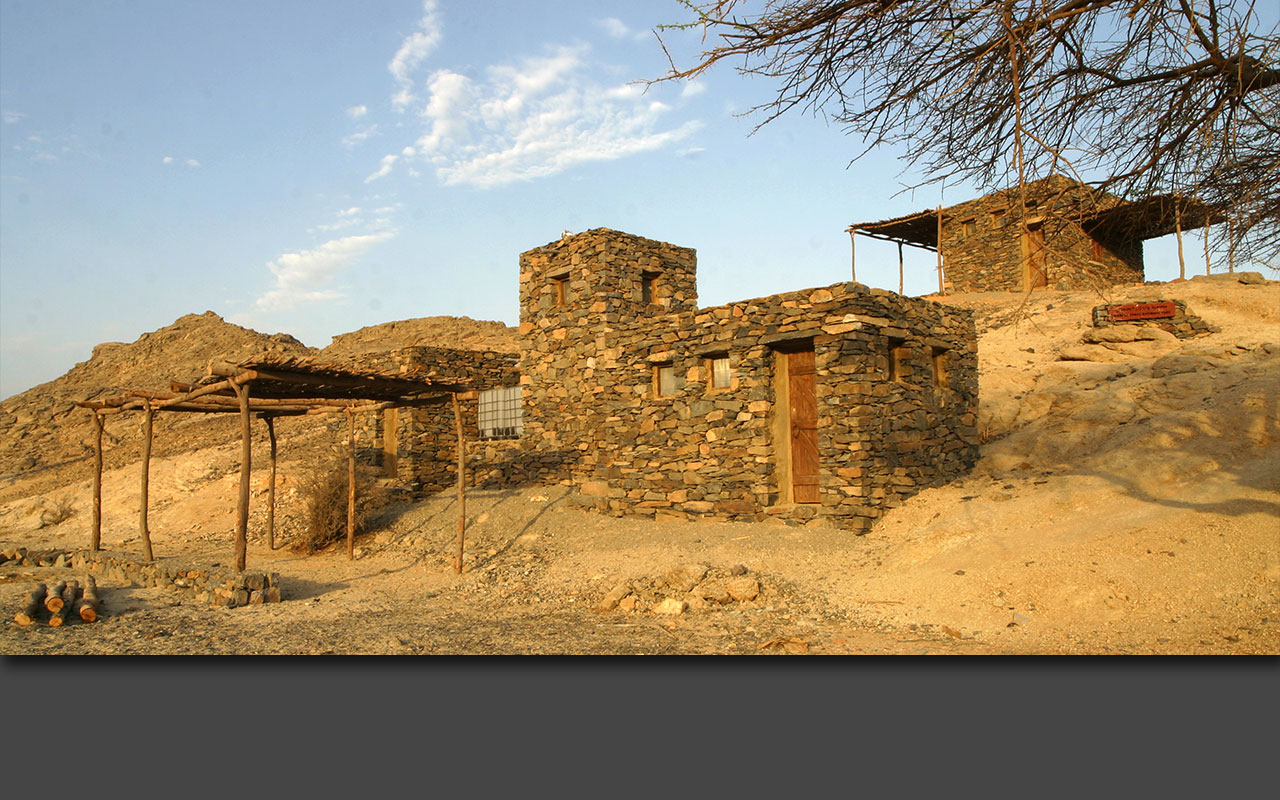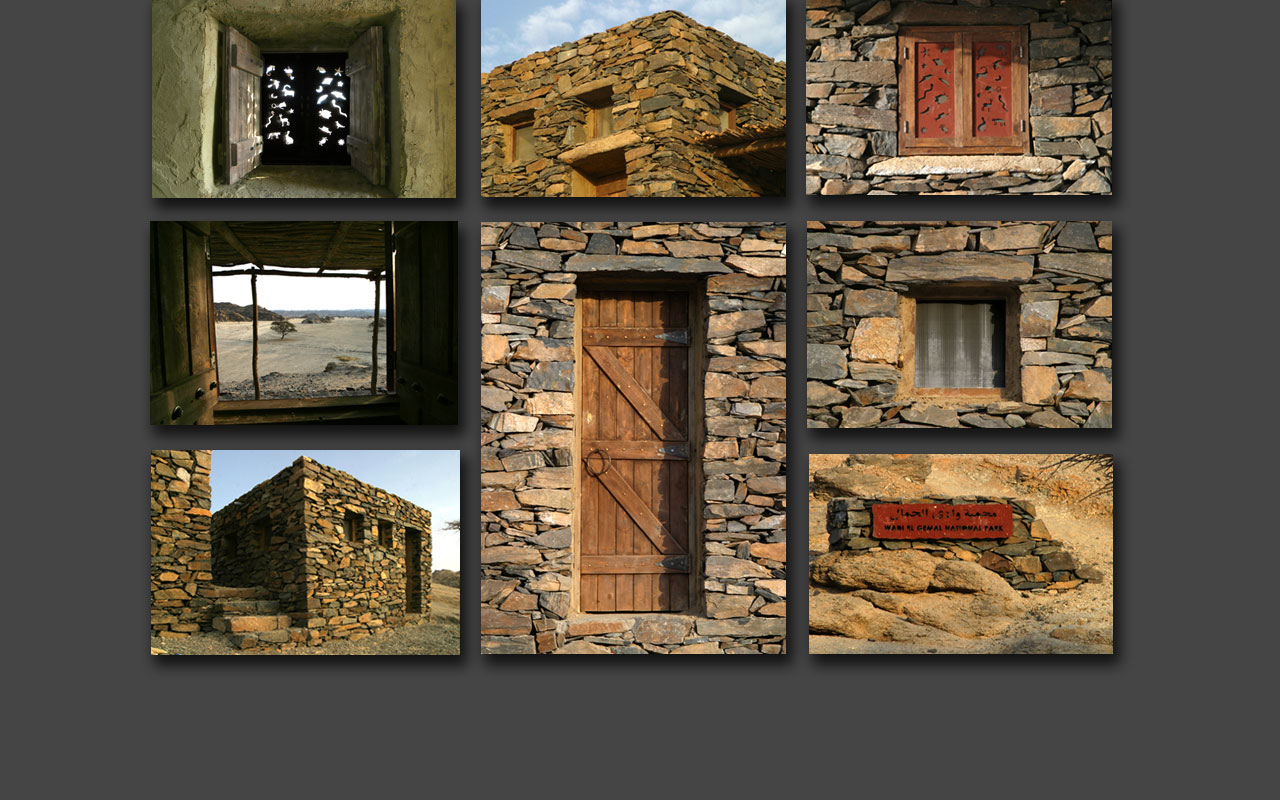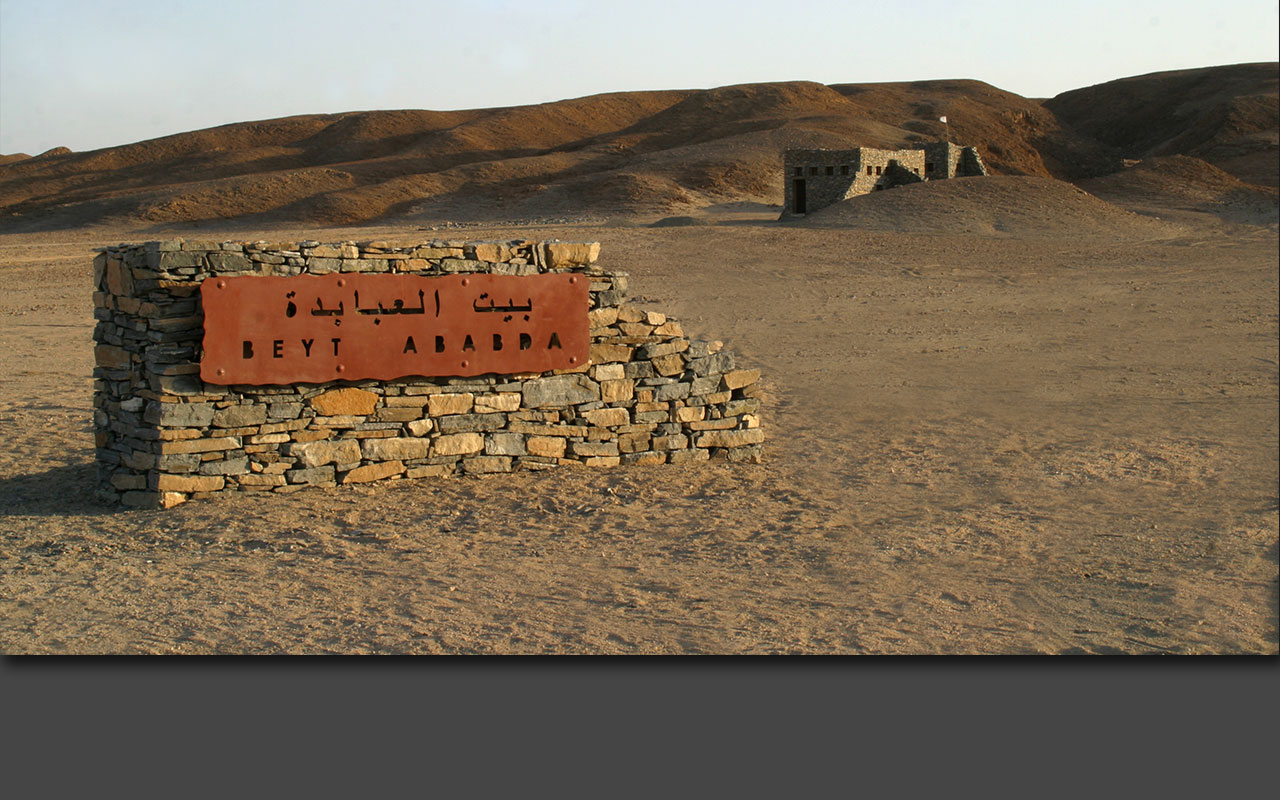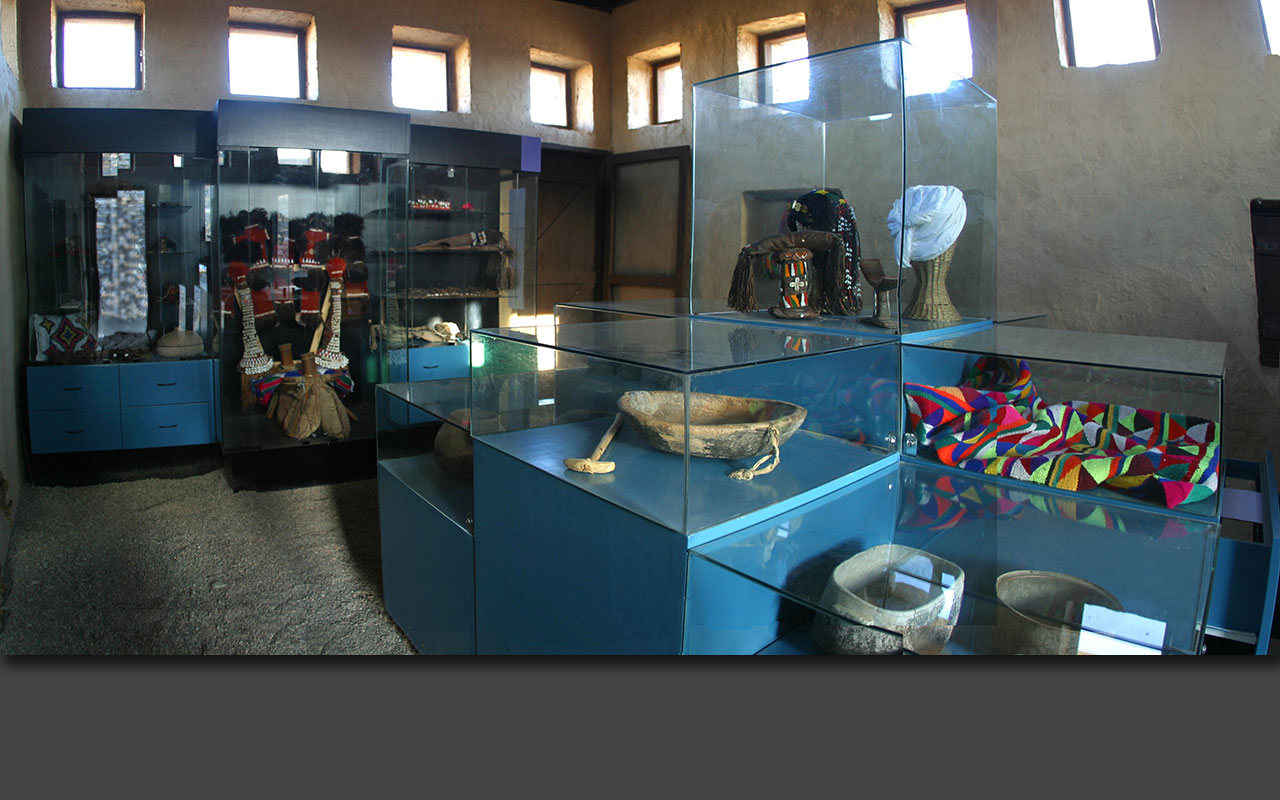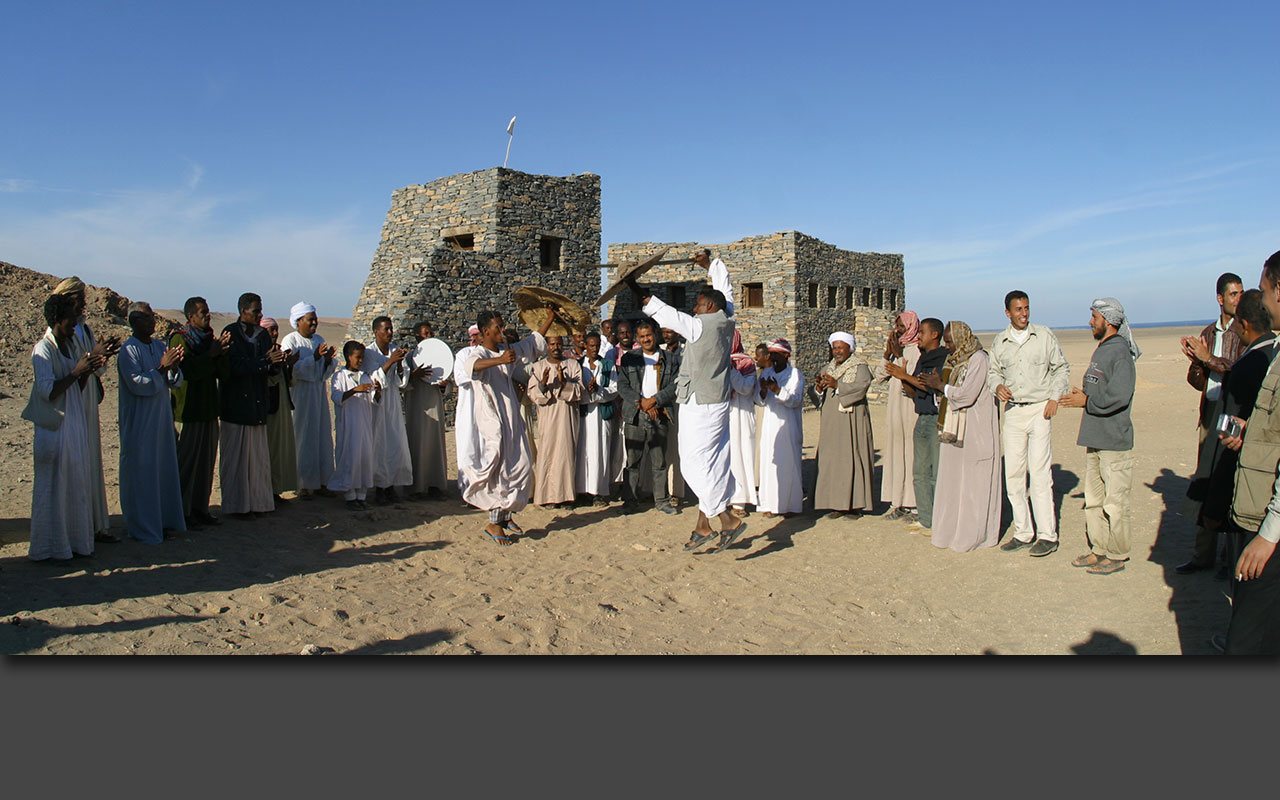Wadi El Gemal National Park infrastructure
Reviving the park’s ancient architecture to serve its modern conservation efforts, entice eco-tourists and empower indigenous communities.
Located along the southern Red Sea Coast of Egypt Wadi El Gemal National Park encompasses some of the most endangered habitats and wildlife, both marine and terrestrial.
The Ababda, the dwellers of this region, are an ancient people with a rich and colorful heritage which is also endangered. They are nomads living in the Red Sea Mountains in south-east Egypt. Originally descendants of Arab tribes, this group of nomads show strong connections with the overarching Beja culture in Egypt, Sudan, Somalia and Ethiopia. The local economy is largely based on herding camels, goats and sheep.
The park is also known for "the emerald mountain" which was the only source of emeralds within the Roman Empire. The ancient sites which were used for hundreds of years exhibit a wealth of antiquities ranging from roads to watering stations, outposts, residential settlements, temples and others.
Throughout the park, the design utilized locally available building materials, whenever sustainable, local labor and applies indigenous architectural styles and motifs. The ancients have developed designs and construction techniques which are suitable for the desert environment such as passive cooling and the use of sustainable organic materials in construction. We have revived their architecture and combined it with some of the local architecture of the "Ababda". Thus, the design embodies the region’s identity utilizing aspects of vernacular and historical architecture.
The project which is meant to facilitate control and conservation of these valuable natural and cultural resources consist of three strategically located ranger outposts, an information post, three park entrances, a bus shelter for the local people and other facilities.
Additionally, we designed and built Beyt Ababda, “Ababda House” which is the cultural heritage center of the Ababda nomads and nestled it into the foothills. The main goals of this museum project are to provide alternative livelihoods for the Ababda, help protect their desert lifestyle where possible, and illustrate the fragile and age-old balance between the desert environment and subsistence economy of the local nomads. The collection in this museum has been compiled by a group of Ababda and archaeologists working from 1994-2001 at the ancient harbor of Berenike, 100 km South of Wadi Gemal.
The project did not only serve the purpose of facilitating conservation of the park but the structures have become a destination on their own, serving other purposes including the encouragement of sound eco-tourism while promoting the welfare of local people.
* The construction of these facilities was made possible with the support of EEAA, USAID and the Netherlands embassy in Cairo.
